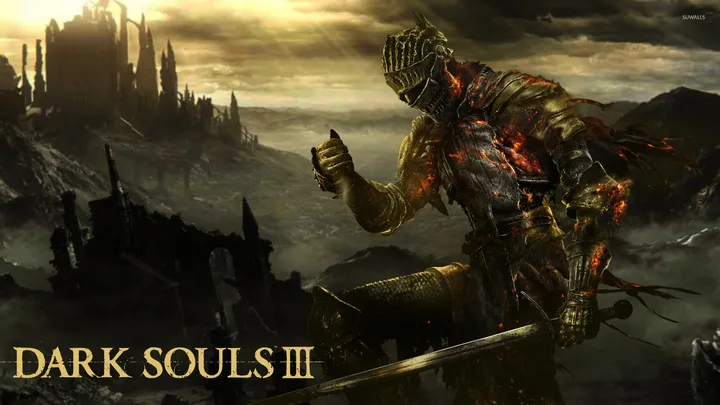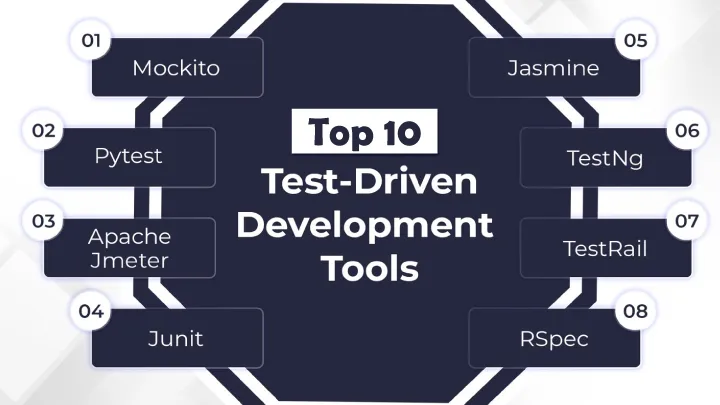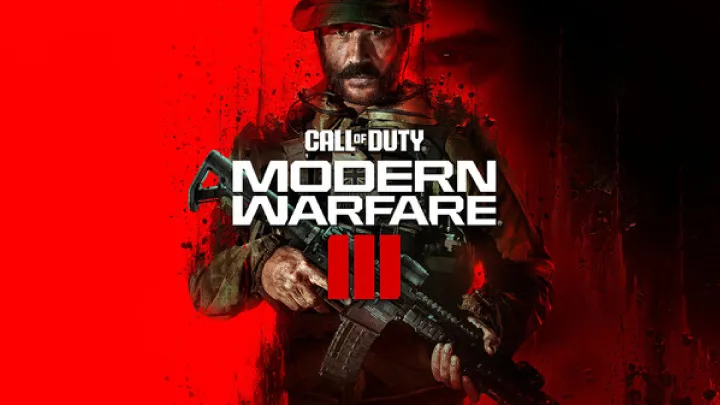Introduction
When Konami transitioned from the beloved Pro Evolution Soccer series to the rebranded eFootball, expectations were sky-high. The promise of a free-to-play, constantly updated football simulator sounded revolutionary, but the reality was far more complicated. Among the various criticisms—graphics downgrades, content shortages, and bugs—one issue dominates the discussion: gameplay balance. For players, the heart of any football simulation lies in how realistically and fairly the game replicates the sport. In eFootball, balancing player stats, passing mechanics, defending systems, and pacing has been a constant struggle. This article explores the evolution of gameplay balance in eFootball, tracing the frustrations, adjustments, and emotional rollercoaster experienced by fans.
The Launch Period – A Rough Kickoff for Balance
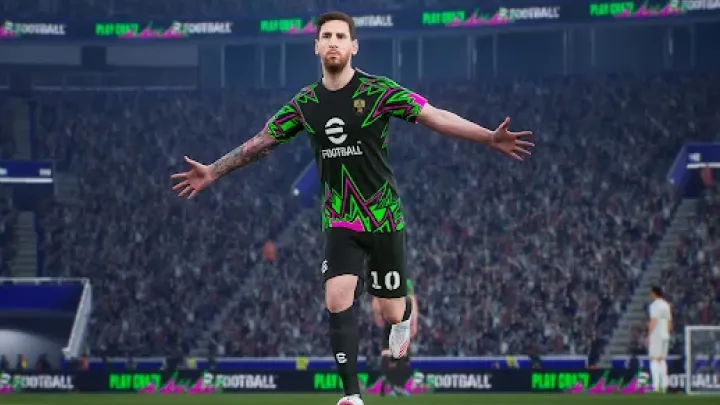
When eFootball first launched, gameplay balance was immediately called into question. Animations felt clunky, passes were inconsistent, and defending seemed broken.
Players reported bizarre outcomes: weak shots flying past goalkeepers, defenders unable to track runs, and unpredictable first touches. The lack of polish made every match feel random rather than skill-based. Instead of celebrating a new era of football simulation, players felt betrayed by imbalance.
Passing Woes – From Precision to Chaos
Passing is the heartbeat of any football game. In early eFootball, passing mechanics leaned heavily on automation. Players often saw simple short passes intercepted, while risky long balls connected too easily.
This inconsistency made strategic buildup play difficult. Those who mastered quick passes were punished unfairly, while luck seemed to reward chaotic decisions. The balance between player skill and system automation felt broken, frustrating veterans who prided themselves on tactical mastery.
The Pace Problem – Speed vs. Realism
Football thrives on tempo, and so do football games. eFootball initially struggled with how fast or slow matches should feel. Sprinting forwards often outran defenders with little resistance, creating arcade-like situations.
Conversely, some updates overcorrected, making the pace sluggish and unresponsive. This left the community divided: some wanted a fast, dynamic experience, while others sought realistic pacing. Striking the right tempo has remained one of eFootball’s biggest balancing challenges.
Defending Difficulties – Too Easy or Too Hard
The defending system in eFootball has seen several iterations, each with its own flaws. At first, defenders felt powerless, often failing to intercept even predictable dribbles.
Later patches added aggressive pressing mechanics, but this sometimes swung the balance too far, allowing players to shut down attacks unrealistically. For many, defending in eFootball has never felt truly intuitive, always either too punishing or too forgiving.
Player Stats and Meta Footballers
In eFootball’s evolving ecosystem, player stats heavily influence balance. Some stars like Lionel Messi or Kylian Mbappé felt overpowered, capable of carrying matches almost single-handedly.
This created a meta where only a handful of players dominated online modes. Squad diversity suffered, and gameplay balance tilted toward whoever owned the most broken cards. The issue highlighted how digital football can become less about tactics and more about exploiting stat-based advantages.
The Free-to-Play Model and Its Impact
Konami’s shift to a free-to-play model influenced balance as well. With regular updates and monetized player packs, gameplay often adjusted around new releases.
Some critics argued that balance changes favored monetization—boosting new cards to encourage purchases. This raised questions: was eFootball balancing gameplay for fairness, or for profit? The free-to-play system blurred the line between sporting authenticity and commercial strategy.
Community Backlash and Player Adaptation
The imbalance sparked backlash from fans, many of whom had been loyal PES players for decades. Forums filled with frustration over broken mechanics and inconsistent gameplay.
Yet, players also adapted. Some learned to exploit imbalances, developing cheesy tactics like constant through balls or abusing dribble mechanics. This adaptation highlighted both the resilience of the community and the failure of balance to enforce fair play.
Patch by Patch – An Endless Tug of War
Konami’s patches became a double-edged sword. Each update aimed to fix issues, but often introduced new ones. For example:
- A patch improving goalkeepers made shooting feel underpowered.
- Fixes to passing accuracy sometimes made defenders too reactive.
- Pace adjustments often swung between extremes.
The constant changes created instability. Instead of mastering mechanics, players felt like they were relearning the game after every patch.
Emotional Impact – Frustration and Hope
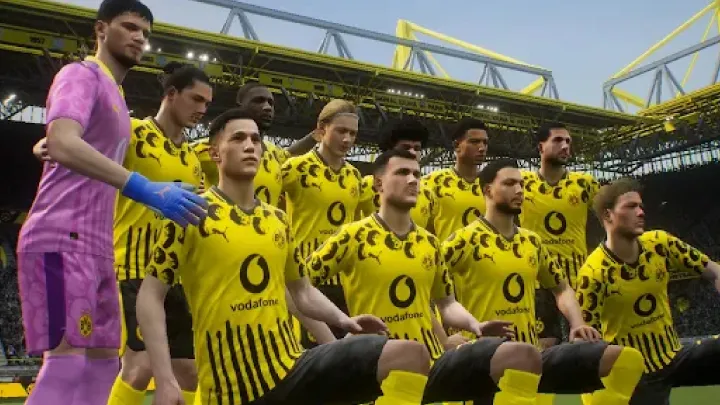
Beyond mechanics, balance affects how players feel about the game. For many, imbalance eroded trust in Konami. Loyal fans began to doubt whether eFootball could ever recapture PES’s golden days.
At the same time, moments of improvement sparked hope. When patches aligned gameplay closer to realism, the community rallied. The emotional journey has been one of frustration mixed with cautious optimism, mirroring the game’s volatile balance.
Toward the Future – Can Balance Be Achieved?
Looking forward, the key to eFootball’s survival lies in mastering gameplay balance. Achieving this requires:
Core Priorities
- Stable passing mechanics that reward precision and punish errors fairly.
- Realistic pacing that blends excitement with authenticity.
- Defending systems that are intuitive yet skill-based.
- Balanced player stats preventing meta domination.
Long-Term Vision
Konami must prioritize consistency over constant experimentation. A stable, fair gameplay foundation is what can rebuild trust and keep the community engaged. Without it, eFootball risks being remembered as a failed experiment rather than a worthy football simulator.
Conclusion
The story of eFootball is one of ambition hindered by imbalance. From passing woes to overpowered players, every aspect of gameplay has struggled to find harmony. While patches show effort, they also underline instability, leaving players in a cycle of hope and disappointment. For eFootball to succeed, Konami must treat gameplay balance not as an afterthought but as the lifeblood of the football experience. Only then can the game live up to the promise of its rebranding.









